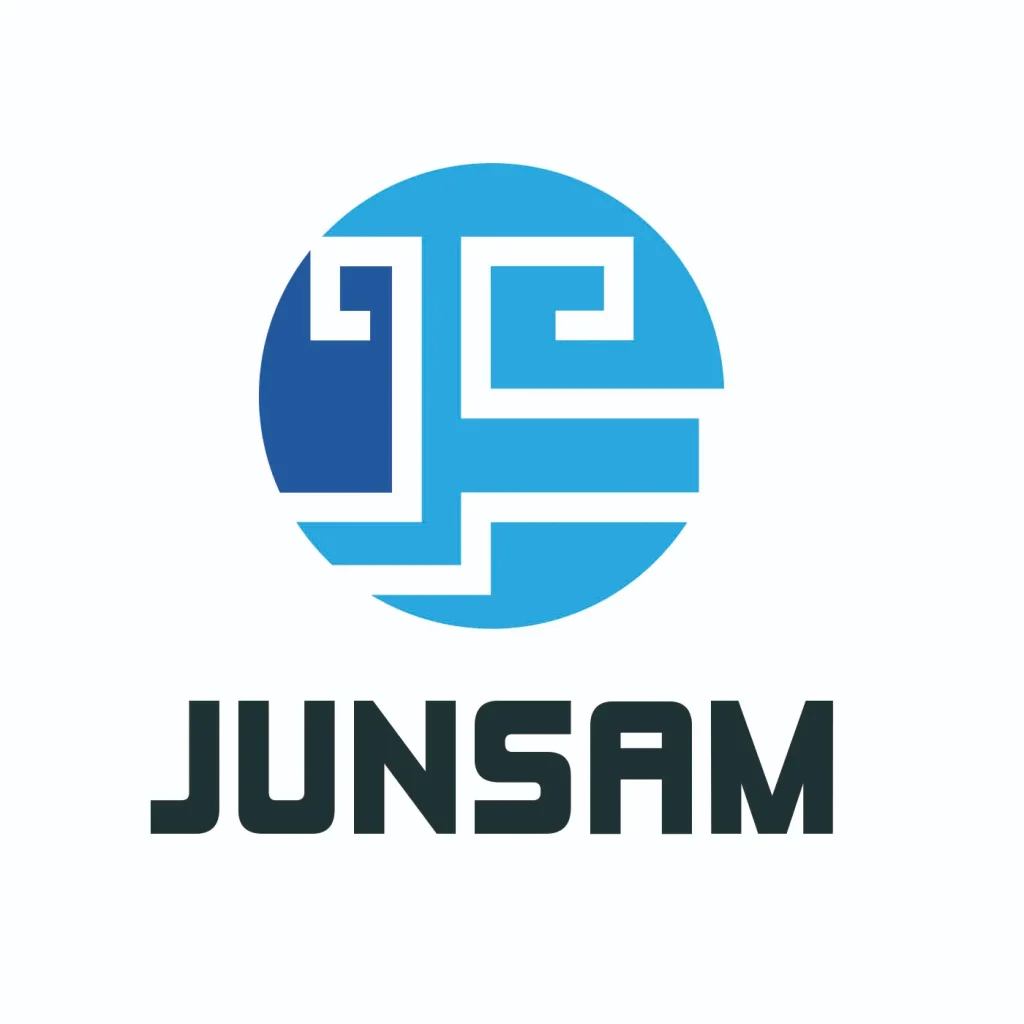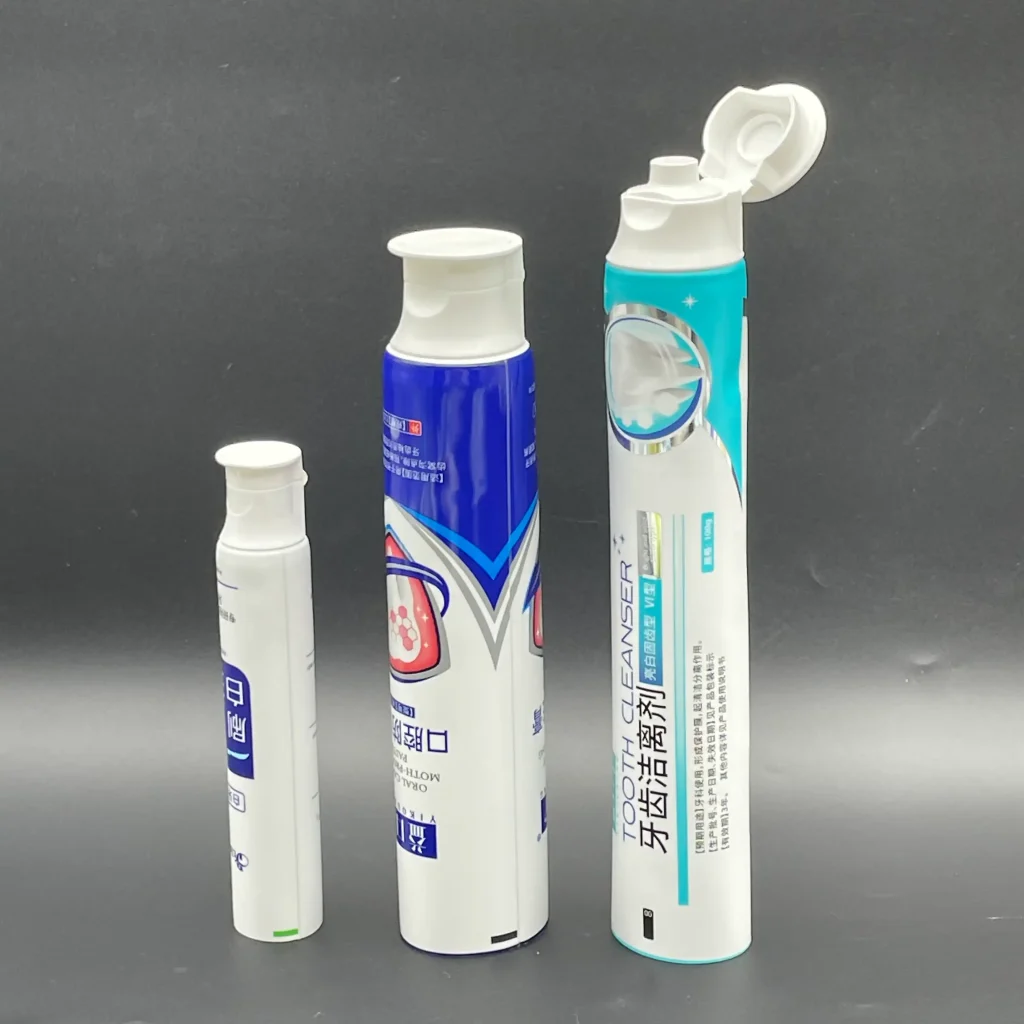Manufacturing an empty toothpaste tube involves several key steps to produce versatile and durable packaging solutions commonly used for creams, gels, ointments, and other semi-solid substances. The toothpaste tube is a laminated tube. This comprehensive guide will walk you through the end-to-end laminated tube manufacturing process.
Selecting Materials and Printing Designs of Empty Toothpaste Tube
The process starts by selecting suitable materials for the tube construction. An boş diş macunu tüpü typically consists of multiple layers, including a barrier, adhesive, and outer layer. Common materials include aluminum, plastic, and various barrier films.
Next, the artwork and graphics are designed and printed onto the materials. Printing often uses advanced technologies like flexographic or rotogravure printing to achieve high-quality, detailed designs.
Forming the Empty Toothpaste Tube Body
The basic tube structure is created by laminating the selected materials through heat and pressure to form a seamless tube. This involves:
- Laminating layers– Combining layers like film, foil, and extruded polyethylene to bind them together. This forms a 3-5 layer laminate.
- Extruding plastic layers– Extruding inner and outer plastic layers that will be incorporated into the tube.
- Applying aluminum barrier– Adding a thin aluminum layer as an oxygen and moisture barrier.
- Adhesive application– Applying adhesive to bond the layers.
- Curing and lamination– Curing the adhesive under a controlled heating/cooling process to create a cohesive laminated structure.
Assembling the Complete Empty Toothpaste Tube
Additional steps are needed to finish fabricating the full laminated tube:
- Cutting and shaping– Cutting the laminated material into individual tube bodies using cutting machines.
- Shoulder formation– Creating the tube shoulder by folding and sealing using injection or compression molding.
- Printing batch information– Printing product details, batch numbers, dates, etc.
- Cap attachment– Attaching the tube cap/closure and torquing to specifications.
- Quality inspection– Conducting checks to ensure standards are met.
Supplementary Processes
There are also supplementary processes surrounding laminated tube manufacturing:
Packaging and Distribution
Tubes undergo protective packaging like plastic wrapping and cushioned boxes. Climate conditions may be controlled. The distribution uses priority shipping to prevent damage.
Barrier Layer Materials
Common barriers are aluminum foil, plastic polymers like EVOH, and ceramic nanoparticles within polymers. These prevent external moisture, air, and light from permeating tubes.
Heading Methodologies
Shoulders are formed by in-line injection molding onto tube bodies or inserting separately molded shoulders.
Printing Methods
Offset, flexographic, and digital printing enable high-quality, versatile graphic designs on empty toothpaste tubes.
In summary, laminated tube manufacturing combines multiple materials, advanced machinery, and stringent checks to produce quality tubes that suit product requirements. The versatility of materials and fabrication processes allows customization of critical qualities like barriers, aesthetics, sealing, and durability.


